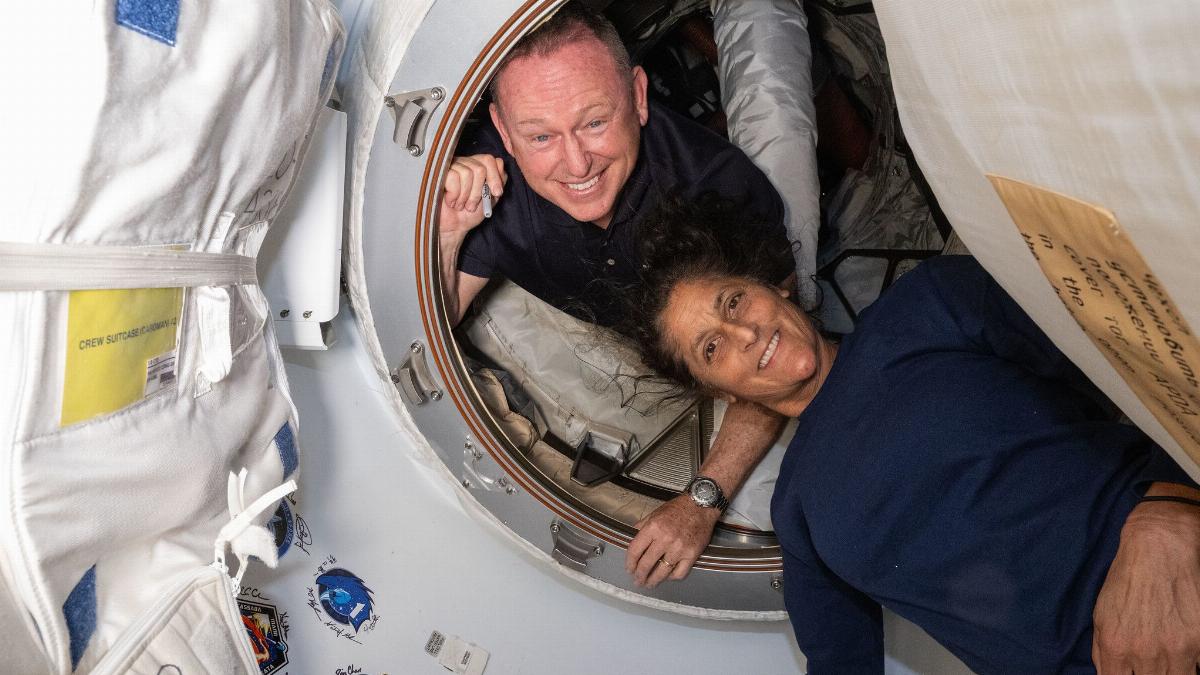
Two Astronauts Stranded on ISS Until 2025: How They’re Coping and Surviving
Two astronauts, Sunita "Suni" Williams and Commander Barry "Butch" Wilmore, find themselves stranded aboard the International Space Station (ISS) until February 2025, far beyond their original eight-day mission. The duo arrived at the ISS in June 2024 as the first crew to test Boeing's new Starliner, which encountered technical issues, including helium leaks and thruster failures. Despite Boeing's insistence that the Starliner is safe for return, NASA has decided to bring the astronauts back on a SpaceX flight early next year.
The ISS, measuring 356 feet end-to-end, offers ample living and working space, with facilities that include six sleeping quarters, two bathrooms, a gym, and a bay window with a 360-degree view of Earth. However, the station is currently crowded, with seven other astronauts onboard from various missions.
Fortunately, the ISS is well-stocked with food, water, and oxygen supplies to sustain the astronauts for the extended duration. The station’s oxygen-generating systems and water recycling units ensure a continuous supply, while the food supply includes a variety of nutritious and appetizing meals, some of which are personalized for the astronauts. The most recent resupply mission in August brought additional food, fuel, and personal items for the crew.
Day-to-day life on the ISS involves running space experiments, maintaining the station, and keeping physically fit using specialized gym equipment. Maintaining mental health is equally important, especially given the unexpected extension of their mission. Williams and Wilmore, both retired Navy captains with extensive spaceflight experience, have expressed confidence in their ability to handle the situation. They continue to support repairs and research while awaiting their return to Earth.
The astronauts' delayed return is due to concerns over the reliability of the Starliner’s thrusters and other systems. NASA has determined that returning on the Starliner would pose too much risk, opting instead to wait for a SpaceX Crew Dragon spacecraft. This decision underscores the inherent risks of spaceflight, even for seasoned astronauts like Williams and Wilmore.
Their situation, while challenging, is not unprecedented. Other astronauts have also faced extended missions due to technical difficulties. The current plan is for Starliner to return to Earth unmanned, while Williams and Wilmore will come back in February 2025 aboard a SpaceX spacecraft as part of a routine astronaut rotation mission.
While their extended stay aboard the ISS adds to the record of long-duration space missions, it also highlights the resilience and adaptability required of astronauts facing unforeseen challenges in space.







